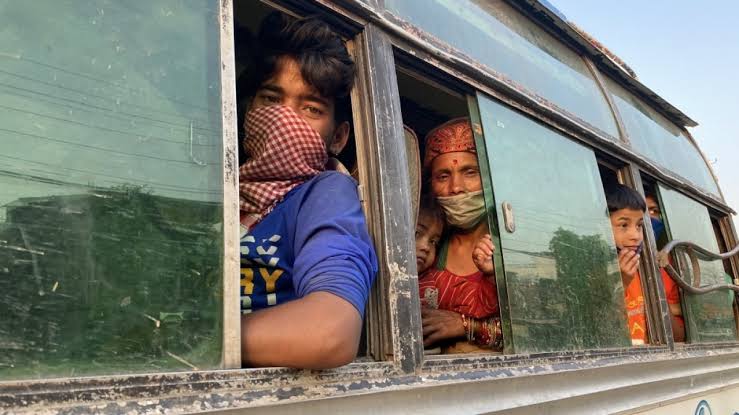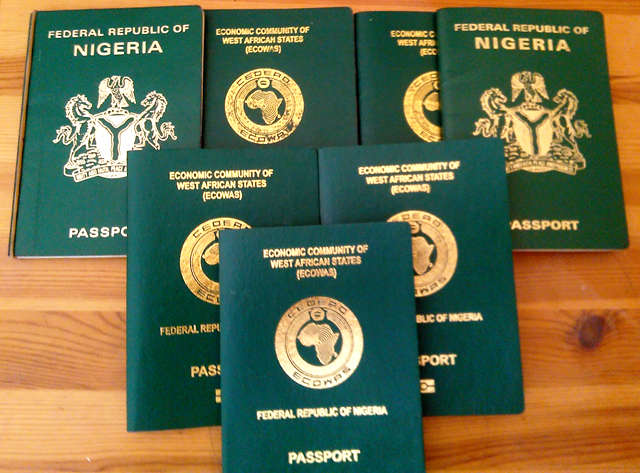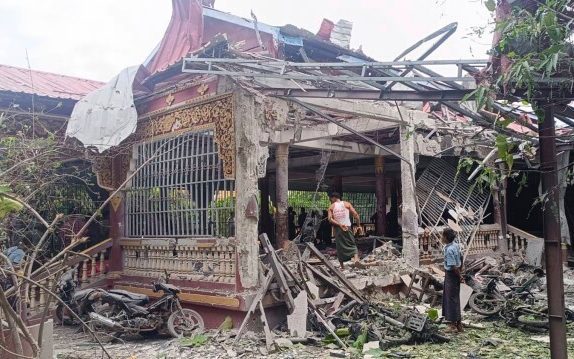At a crowded bus stand in Lucknow, anxious faces wait for buses bound for the border. Nepalis who once came to India for work are now hurrying back, pulled home by unrest that has left their country reeling.
“We are returning to our motherland,” said Saroj Nevarbani, clutching his bag. “My parents are there—the situation is grave.” Others echoed him with quiet unease: “We know nothing, but people at home have asked us to come back.”
The trigger was sudden. After a ban on social media, protests erupted across Nepal. Thirty people died in clashes, parliament and politicians’ homes were set ablaze, and Prime Minister K. P. Sharma Oli resigned. Though the ban was lifted, soldiers now patrol the streets under a nationwide curfew, and the country is left without a government.
For migrants in India, the crisis has stirred an old dilemma: stay and earn, or return to protect family.
Nepali migration to India is long-standing, eased by a 1950 treaty and the open 1,750-kilometer border. Migrants fall into three broad groups: seasonal workers who leave families behind, families who relocate but retain citizenship, and Indian citizens of Nepali descent rooted here for generations.
The flow is immense. Around 1 to 1.5 million Nepalis live and work in India, according to political anthropologist Jeevan Sharma. Most take low-paid jobs in construction, factories, farms, or hotels. More than 13,000 study in Indian universities.
For Nepal, the stakes are existential. Remittances account for nearly 30 percent of GDP, making it the world’s fourth most remittance-dependent country. More than 70 percent of households rely on them, with India contributing about a fifth. “Without it, Nepal’s economy would suffer significantly,” Prof. Sharma said.
Read Also: Ghana To Accept West African Deportees from US
Yet life in India often remains precarious. Studies show migrants crowded into poor housing, facing discrimination and surviving on meager wages. “Most are working for survival, not advancement,” said Keshav Bashyal of Tribhuvan University.
The story of Dhanraj Kathayat, a Mumbai security guard, is emblematic. He left Nepal in 1988, drifted through cities, and now sends what little he can to his family back home. “There’s so much joblessness in Nepal,” he said. “Even the educated cannot find work.”
Now, as turmoil deepens, many are making the reverse journey—toward an uncertain homeland that still feels like the only place they belong.










